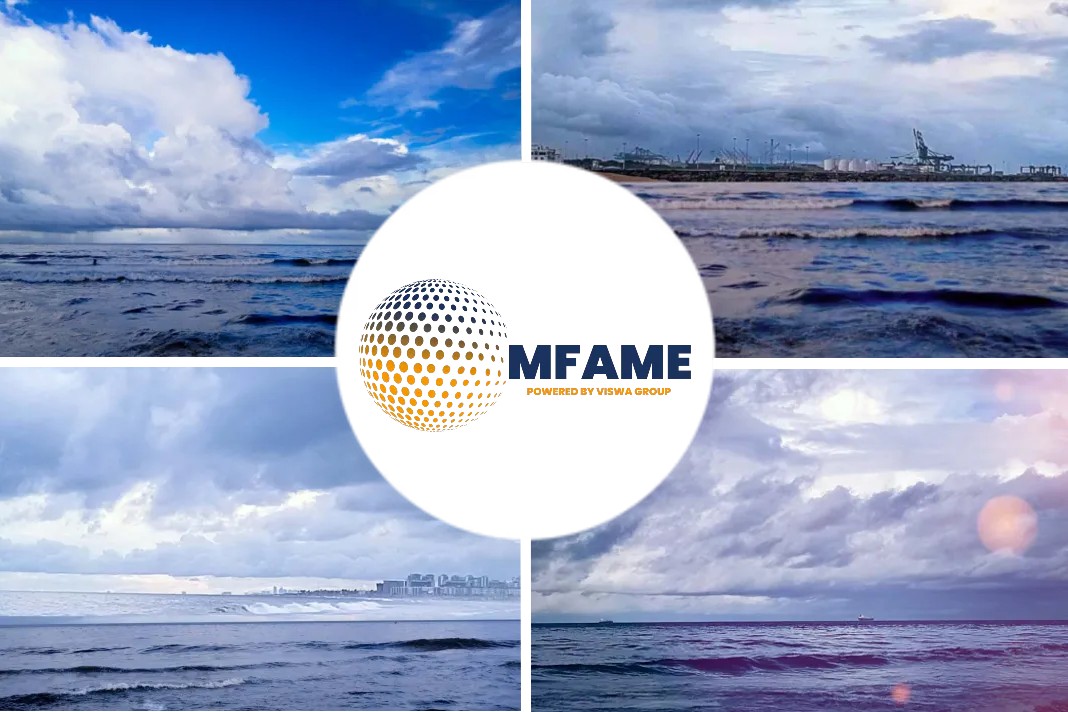- Upgrading the VLGC main engines to dual fuel technology using LPG would cost more than three times that of retrofitting scrubbers.
- Dorian’s studies on upgrading VLGC engines to dual fuel point to high costs but dual fuel technology continues to improve – and costs are falling.
- BW LPG this week launched trials of world’s first VLGC fueled by LPG
Dorian LPG sees dual fuel VLGC upgrade costing 3 times scrubber retrofitting, reports Platts.
LPG dual engines are pricy!
According to a recent article by analyst S&P Global Platts, upgrading the main engines of very large gas carriers to dual fuel technology using LPG to reduce sulphur emissions would cost more than three times that of retrofitting scrubbers, a senior Dorian LPG official said in the week to October 23.
Research and preliminary engineering studies by the company to upgrade the main engines of up to 10 of its VLGCs to dual fuel technology showed “significantly higher” capital expenditure than deemed necessary to justify the investment, the company’s chief financial officer Ted Young said. “Capital expenditure for dual fuel LPG upgrade is generally quoted at over three times that of a scrubber retrofit capex,” he said.
Dual fuel LPG newbuilding vessels in 2021
In response to S&P Global Platts queries, Young said the company was not currently undertaking any LPG retrofits or conversions to dual fuel technology. “Ten of our ships are equipped with scrubbers and we have commitments for another two, which we expect to install in the coming months,” he said.
All 12 are ECO vessels, so removing those and the company’s three modern ships that are not equipped with reinforced deck tanks “leaves the possibility of LPG retrofits for up to seven vessels,” he said.
“The technology continues to improve and come down in price and remember that the first commercially viable prototype was only made available in late 2018. We are anticipating the first upgraded LPG engine in the world to go to sea during the current Q4 and the first dual fuel LPG newbuilding vessels in 2021,” Young said, referring to the LPG shipping industry in general.
LPG effective in curbing carbon emissions
Dorian LPG’s fleet of 22 vessels is comprised of nineteen 84,000m3 ECO-VLGCs and three 82,000m3 VLGCs. Young said the US-headquartered company was in regular contact with yards and engine manufacturers to keep abreast of latest developments in the roll-out of LPG engines.
LPG has a lower CO2 output compared to HFO and is being promoted as a useful strategy in meeting IMO CO2 emission reductions. “All dual fuel engine vessels could benefit from a scrubber when operating in fuel oil mode, instead of consuming VLSFO with 0.5% sulphur content,” Young said.
Poseidon Principles
“Environmental emissions reductions are the most important considerations both for scrubber vessels and dual fuel LPG engines in preparing their fleet for the IMO emissions reduction trajectory. However, our fleet is currently ahead of the Poseidon Principles AER curve for VLGCs, which we believe is an important fact in looking environmental focus,” he said.
The Poseidon Principles rely on the annual efficiency ratio, or AER, as the carbon intensity metric. To assess a vessel’s climate alignment, its annual carbon intensity is compared with the decarbonization trajectory for ship type and size class.
Alternate marine fuel options
Evaluating marine fuel options, Dorian said the readily available and lower-priced 3.5% HSFO only requires scrubbers on ships and does not need operational changes, though will incur capital expenditure for vessel modifications and is subject to new marine applications on vessels and compliance rules.
The 0.1% and 0.5% low sulphur fuel oil will require tank cleaning, which is not readily available and has no ISO standard, but is operationally compliant and does not incur capital expenditure or require vessel modifications.
Alternatives such as LNG, LPG and ethane, require newbuilding, or can be used with engine retrofitting for dual fuel. While an available, compliant and greener solution with lower greenhouse gases and nitrous oxides, they are not easy to source, have higher installation costs and face re-supply issues and storage considerations, according to Dorian.
World First
Another shipping major, BW LPG, this week launched week-long sea and gas trials of the BW Gemini, which has been retrofitted with dual-fuel propulsion technology, making it the world’s first VLGC to be fueled by LPG.
The company, associated with shipping giant BW Group, said the retrofitting process took 60 days and was estimated to have emitted 2,060 mt of carbon dioxide, or around 97% less than ordering a newbuild with similar technology.
BW Gemini is the first of 12 VLGCs the company has committed to retrofit with LPG dual-fuel propulsion engines at China’s Yiu Lian Dockyard in Shenzhen, in a program expected to be completed by end-2021. BW Leo and BW Libra are also currently at Yiu Lian dockyard. The retrofitting cost is about $9 million per vessel, the company said.
BW LPG said it has taken a longer-term perspective to investing in R&D to advance the technology needed for LPG propulsion. It contends that while requiring significant upfront investment, the returns are positive financially and environmentally.
Did you subscribe to our daily newsletter?
It’s Free! Click here to Subscribe!
Source: Platts
























